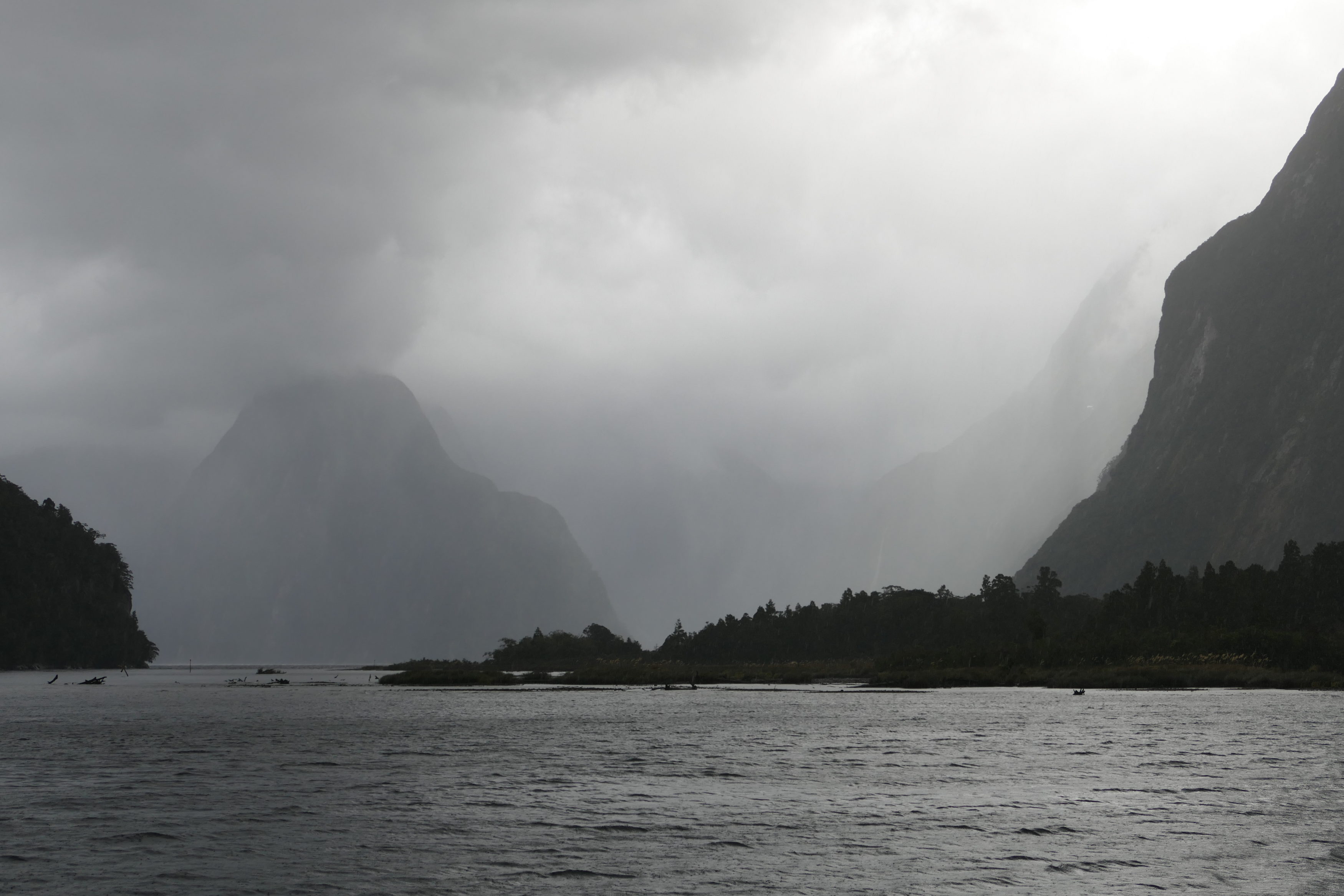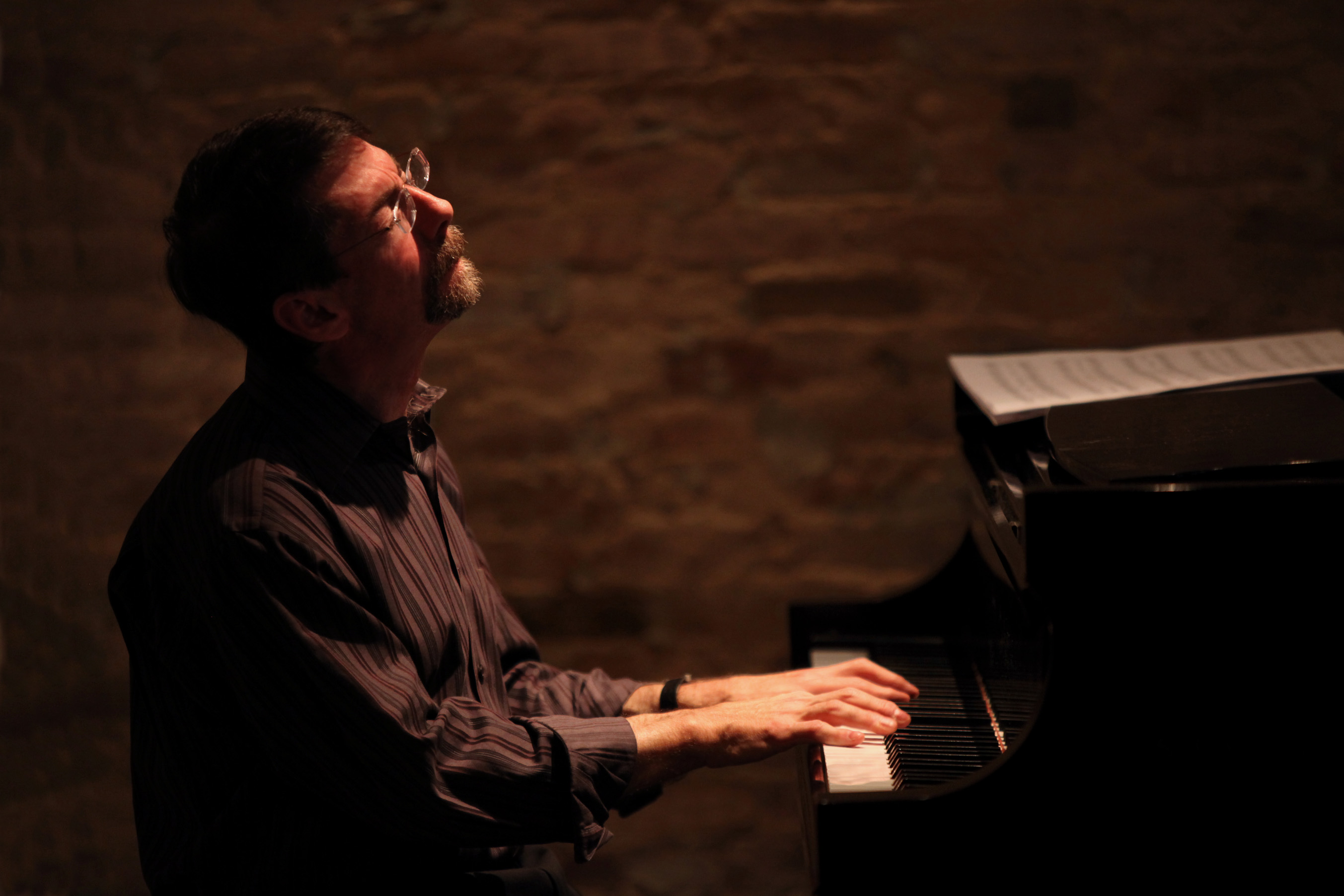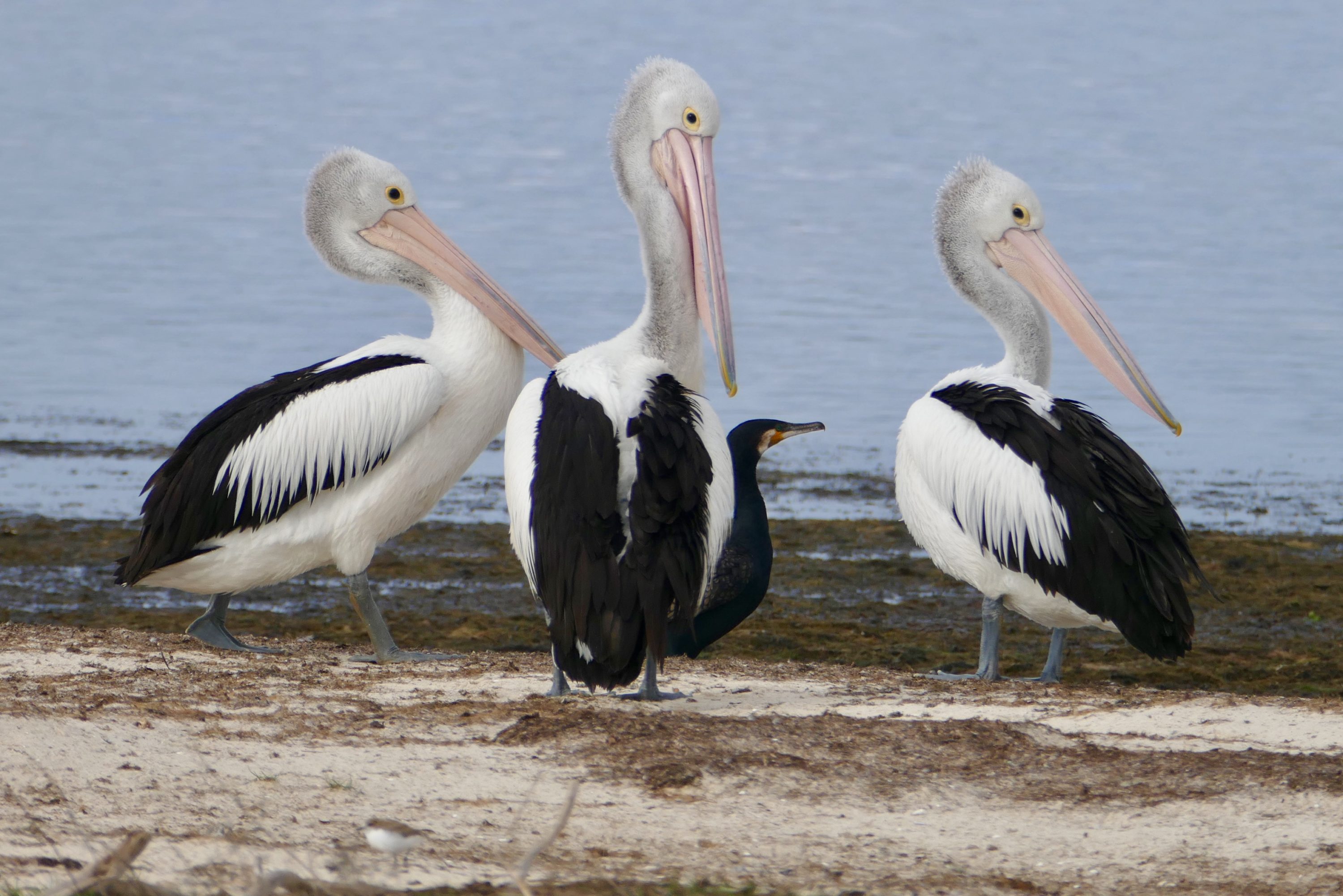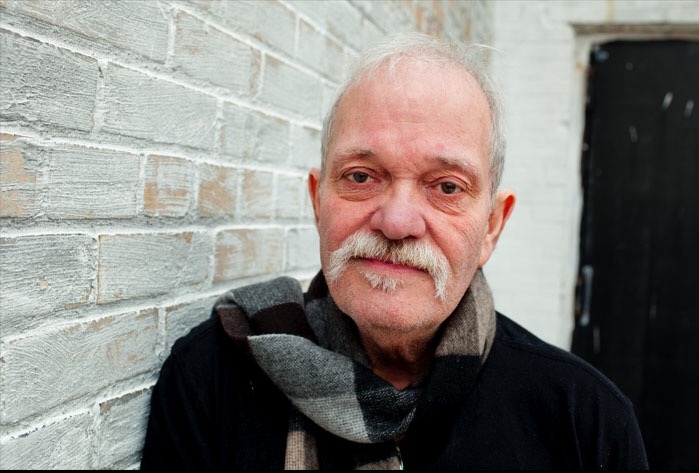Chapter Two is international, and includes a musical bonus – audio of two of my favourite rain songs. (one of them is an “unissued” version)
Comments closedCategory: miscellaneous
…the same song, twice, nearly 44 years apart. Each version is equally acute, but very different. Neither involves an electric guitar!
Comments closed…and Ira.
George Gershwin wrote this song’s music, his brother Ira the words, for a 1932 opera. A flop on debut, it is now a landmark. Its most tender number – Summertime – is probably the best-loved 20th century song. Its sardonic song is less popular; I have heard only several hundred covers of It Ain’t Necessarily So!
Comments closed…wordlessly, but you can hear how acutely conscious he is of Woodstock‘s lyric.
Comments closedFor many years Fred Hersch has been an inspired interpreter of two of the greatest songbooks – Thelonious Monk’s and Tom (Antonio Carlos) Jobim’s. On his new album Fred does right by both. He also covers someone whose songbook I long have loathed…
Comments closedI was born in the middle of the sea…
Comments closed
You could describe the British trio’s music as “chamber-folk”, the Norwegian tuba virtuoso’s as “chamber-jazz”.
I am wary of hyphenated “chamber” musics; recordings so-described oft prove anaemic, twee, wannabe.
No such problem here: two very different ensembles have each created something singular, beautiful, with spine.
One CommentWe have just lost one of the most consistently rewarding guitarists.
Musically speaking, many “guitar heroes” do not age well; John Abercrombie (December 16, 1944 – August 22, 2017) made some of his finest music after his 65th birthday.
Comments closed
Hers is likely the slowest, but also the most playful, witty and inventive of all recorded versions of Spring Can Really Hang You Up The Most – a “jazz standard” with a most unlikely inspiration source.
Comments closed
This “iconic” ballad began life as Music from Beyond the Moon – a 1947 flop. Retitled in 1952, it became famous in 1953, thanks to Frank Sinatra. The “iconic” version was sung in 1963 by Johnny Hartman on John Coltrane and Johnny Hartman. However, the loveliest version is an instrumental duet, recorded in 1989. One man – not ‘Trane, not Hartman – was common to both recordings.
Comments closed



